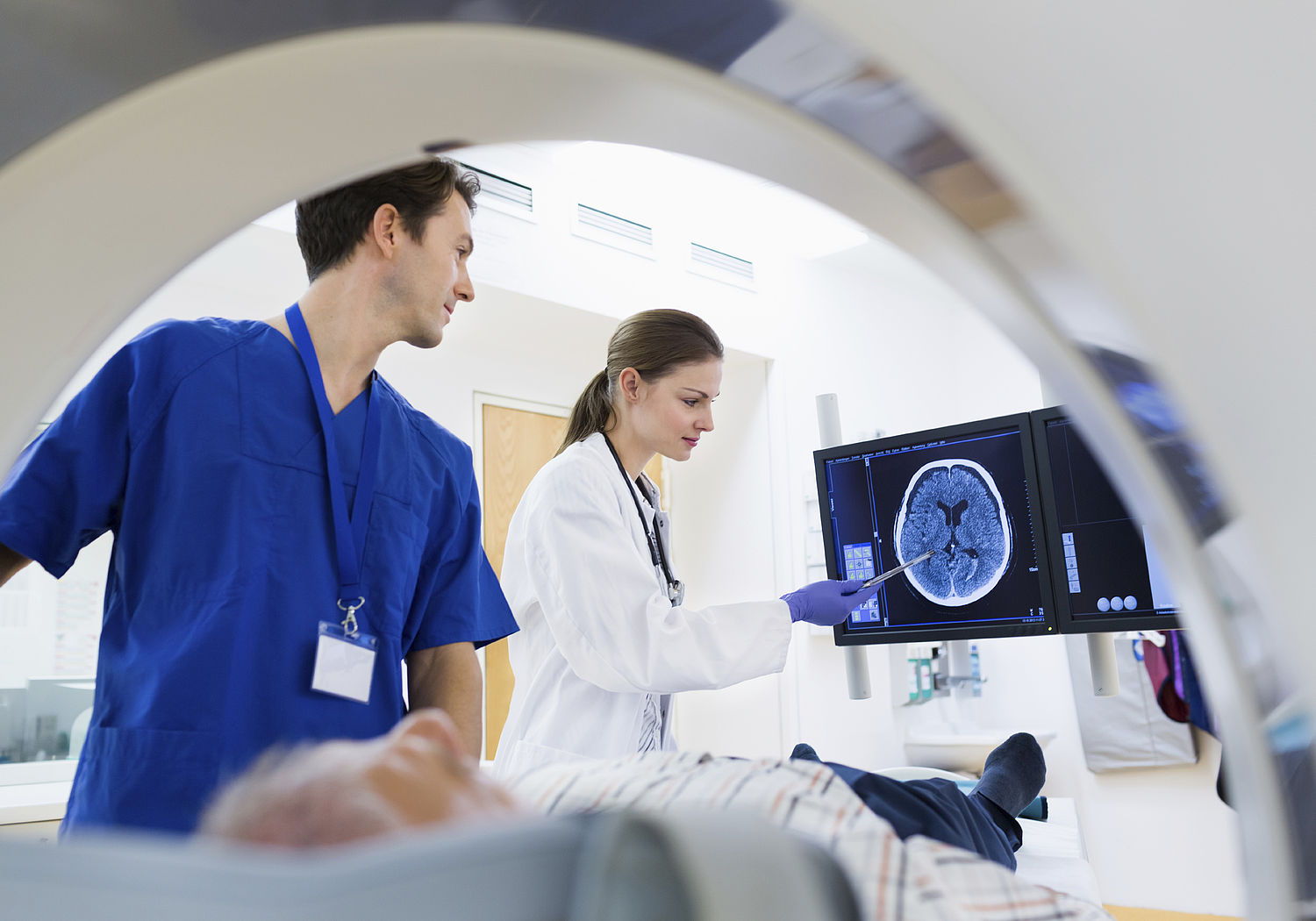Radionuclide beta spectra metrology
Short Name: MetroBeta, Project Number: 15SIB10
Improved beta spectra measurements for the nuclear industry and laboratories around the world measuring radioactive material
For decommissioning nuclear plants, it is important to know how much radioactive material remains in the core to direct decontamination and the disposal of radioactive waste. When nuclear waste decays, it releases three types of radiation: beta minus (β-) electrons, gamma-rays, and anti-neutrinos, which have varying amounts of energy depending on the nature of the source. The sum of the energy spectra of these radiation types gives the ‘decay heat’, an important value for calculating how much fissionable material is present and how much cooling is required.
However, there is often a discrepancy between measurements due to large uncertainties in the modelling process of beta decay, which results in inaccurate calculation of the amount of material remaining.
In nuclear medicine, a number of radionuclides are utilised in cancer treatment and, for of beta-emitting materials, a precise knowledge of the energy spectra is important as it is strongly linked to the effectiveness of the treatment. Thus, inaccurate beta spectra can lead to large discrepancies in the effective dose, potentially endangering patients.
This project improved instrumentation commonly used for beta spectra measurements including silicon detectors, solid scintillator crystals and magnetic spectrometers. A new metallic magnetic calorimeter (MMC) was also commissioned, resulting in a device capable of measuring high resolution beta spectra. These methodologies have been included in four good practice guides.
Additionally, the existing BetaShape code, used for the theoretical calculation of beta spectra, was further developed and tested, including the propagation of uncertainties. Data from the new code has contributed to two major international nuclear decay data evaluation projects; the International Atomic Energy Agency’s (IAEA) International Network of Nuclear Structure and Decay Data Evaluators (NSDD), for use in the Evaluated Nuclear Structure Data File (ENSDF) and the Decay Data Evaluation Project (DDEP), which provides decay data to the metrology community.
Project results have been utilised by three other EMPIR projects: MRTDosimetry, which is implementing individual dose planning for patients, MetroMMC, which is improving nuclear decay measurements using metallic magnetic calorimeters, and the follow-on project PrimA-LTD, which is using the project’s nuclear decay calculations and measurements to improve standardisation for radiological instrumentation.
The theoretical and experimental approaches developed have allowed the measurement of beta radiation spectra to an unprecedented accuracy, including modelling their shape for the first time. This will allow the energy of beta radiation to be measured with greater precision, supporting the effective use of radionuclides in a broad range of applications, including medicine and nuclear power management.
Nuclear Instruments and Methods in Physics Research Section A: Accelerators, Spectrometers, Detectors and Associated Equipment
Acta Physica Polonica B
Physical Review C
Physical Review C
Nuclear Instruments and Methods in Physics Research Section A: Accelerators, Spectrometers, Detectors and Associated Equipment
Journal of Instrumentation
Physical Review C
Applied Radiation and Isotopes
Journal of Instrumentation
Acta Physica Polonica B Proceedings Supplement
Applied Radiation and Isotopes
